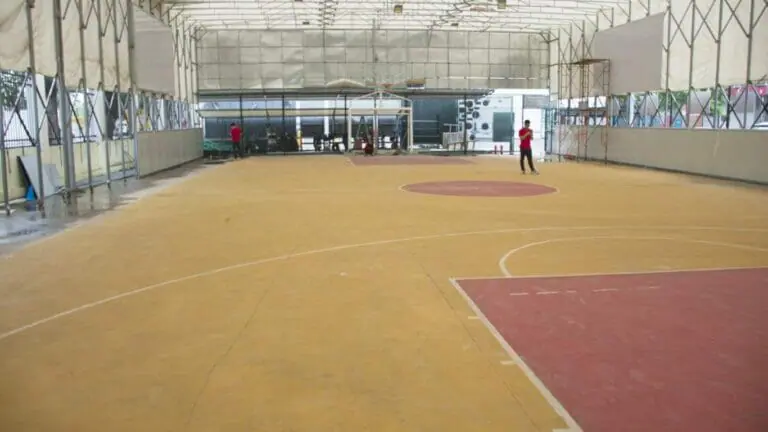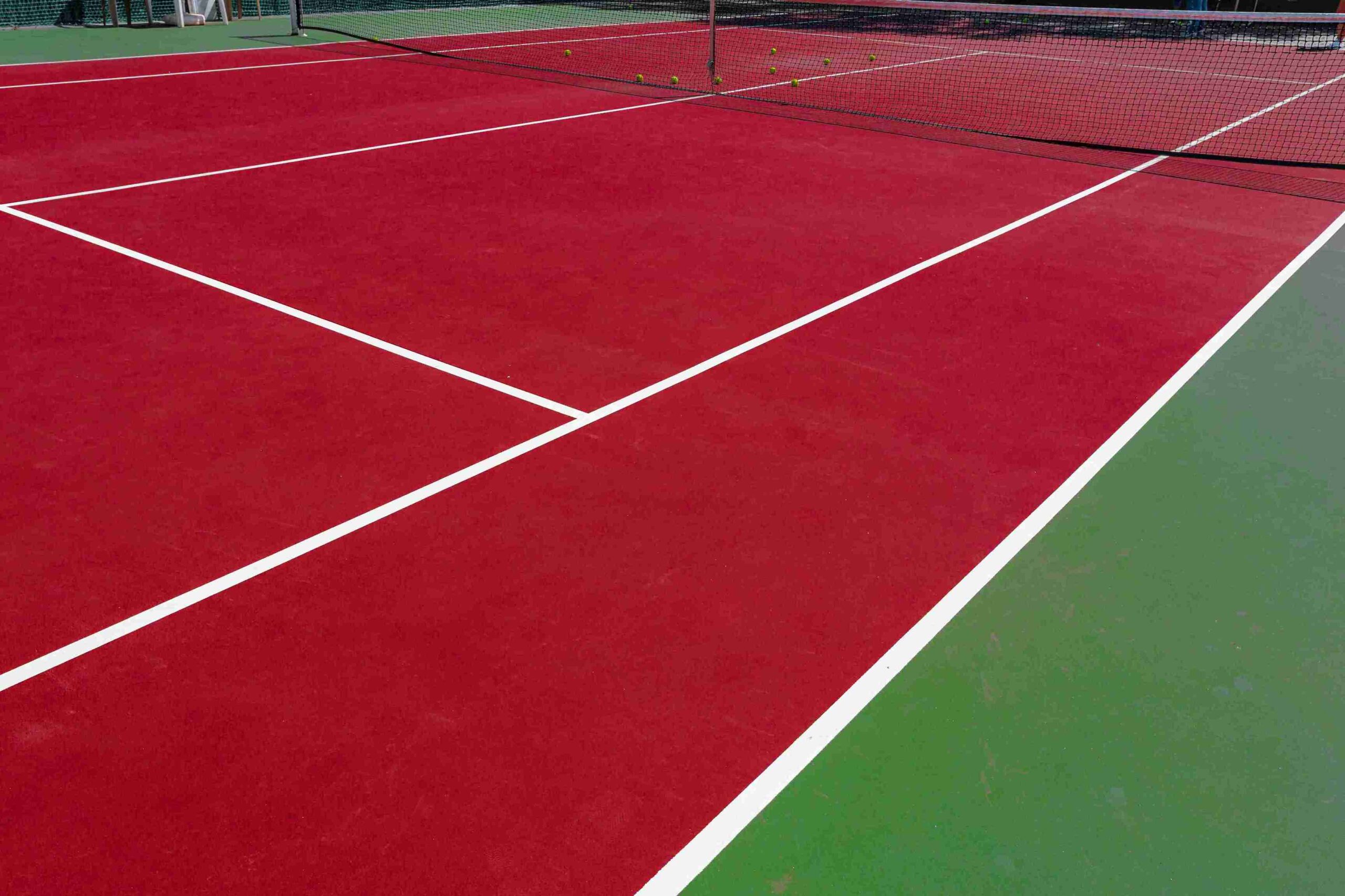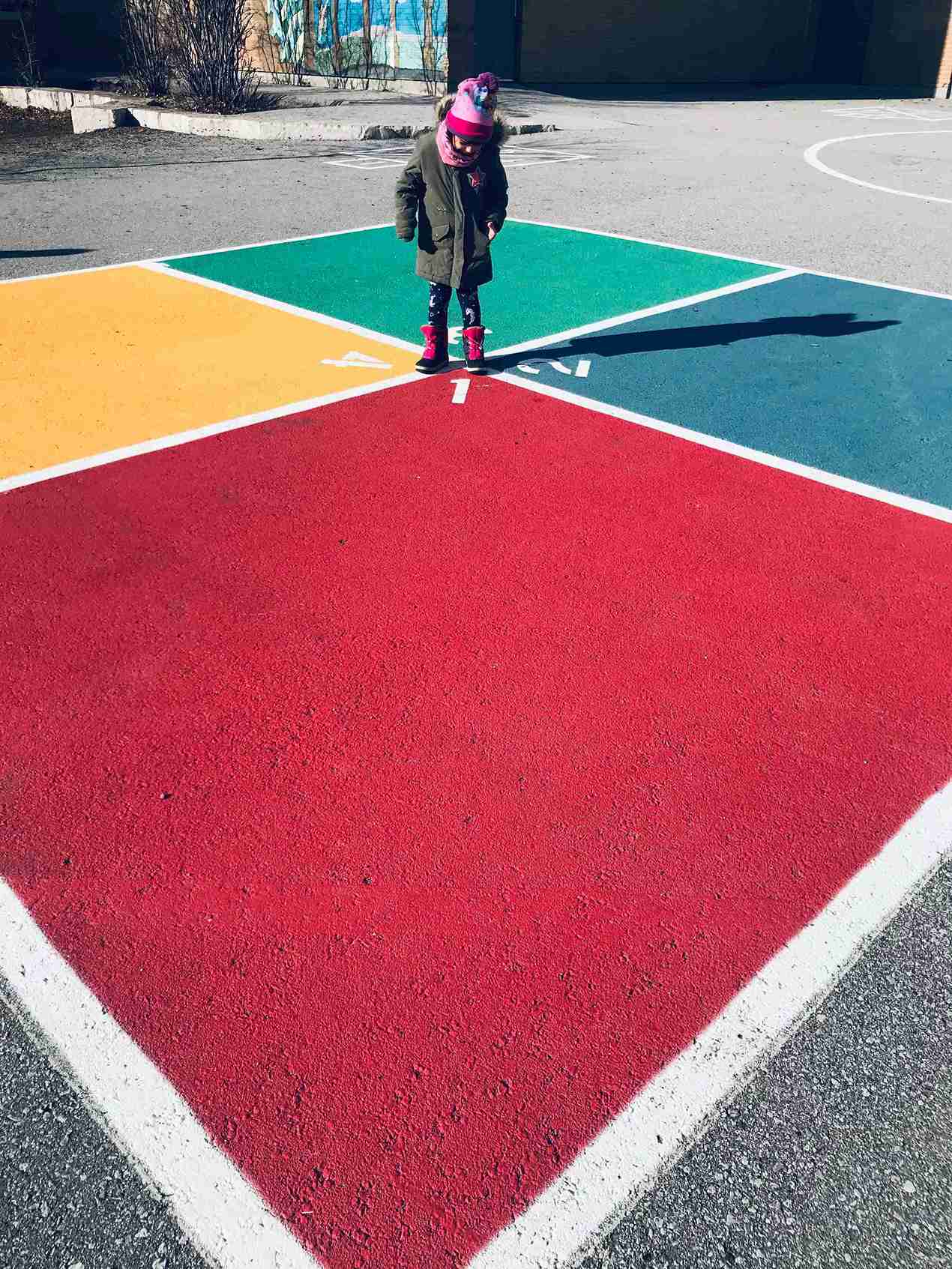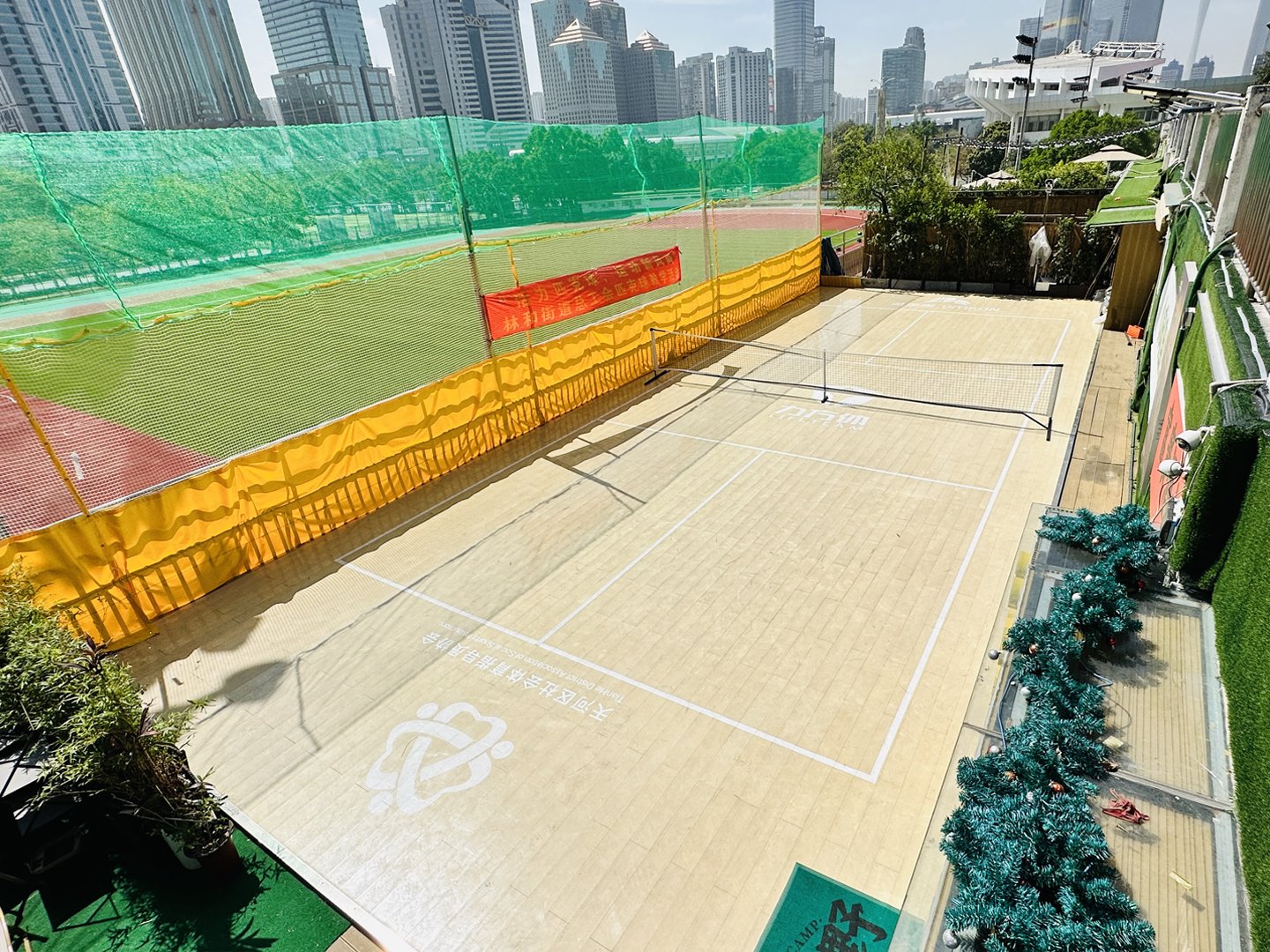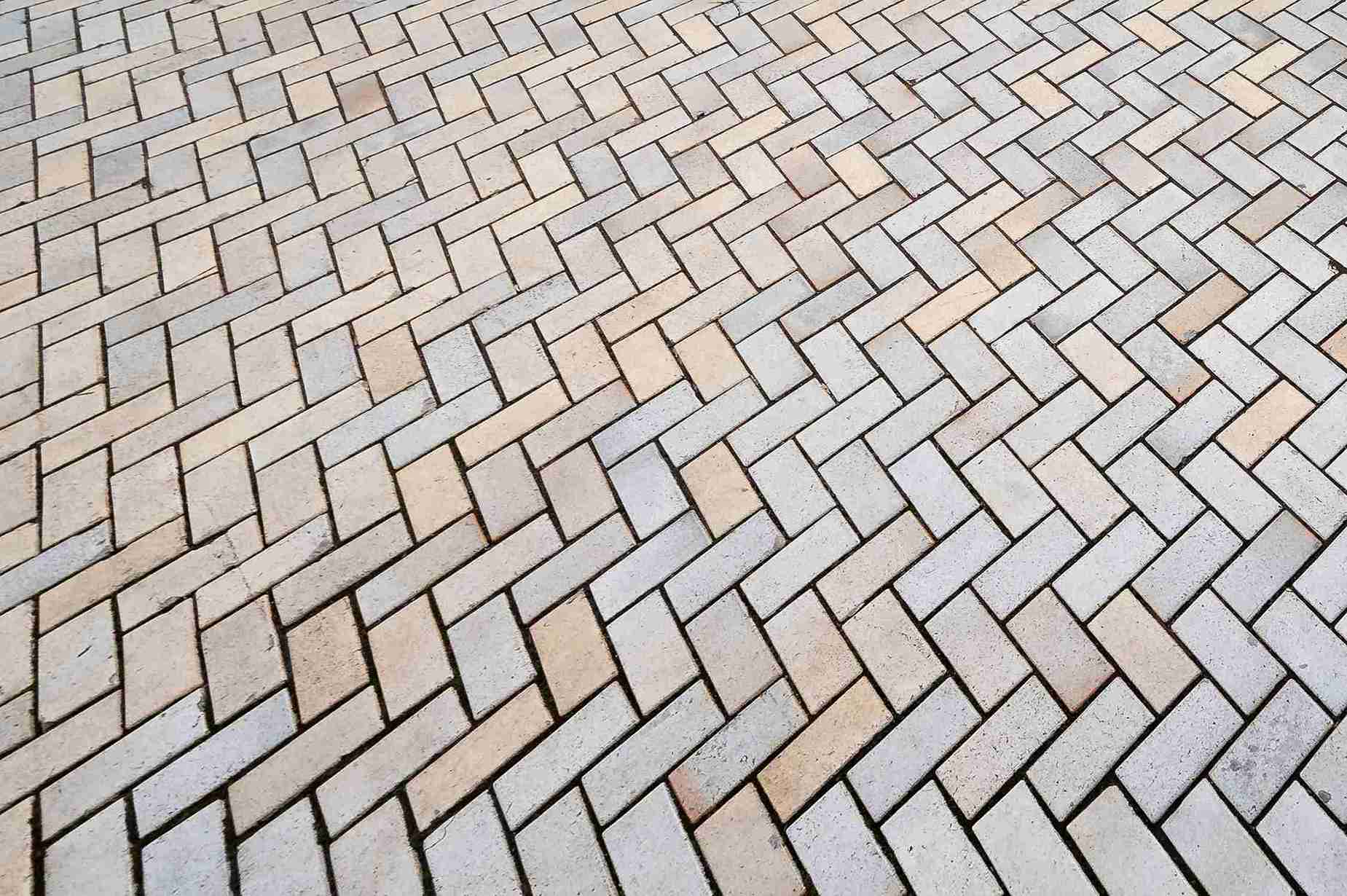When it comes to playing basketball, the surface you play on can make or break the game. A hardwood floor isn’t just a traditional choice. In fact, it’s the gold standard for basketball courts around the world. Its smooth, durable, and consistent surface offers unparalleled performance, ensuring players can dribble, sprint, and pivot with precision.
Beyond the gameplay, hardwood floors provide excellent shock absorption, reducing the strain on players’ joints and enhancing safety. Whether you’re shooting hoops at your local gym or competing in a professional league, hardwood floors create the perfect balance of performance, comfort, and style that keeps the game fast-paced and exciting.
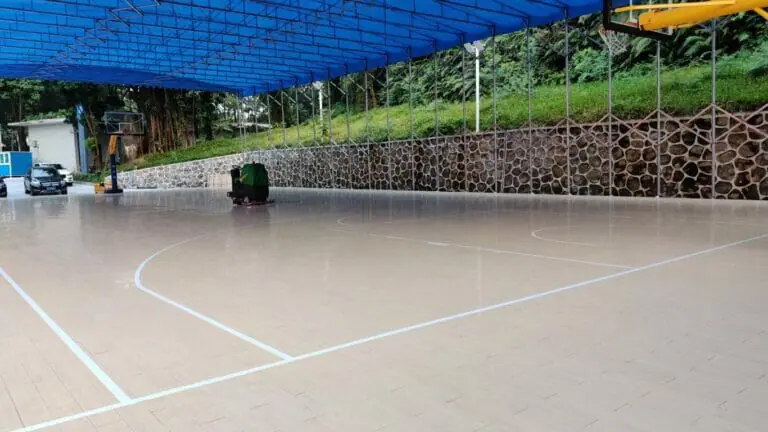

What Makes Hardwood Floors Effective for Basketball?
High-performance hardwood floors have long been the preferred choice for basketball courts, and it’s no coincidence. These floors possess unique properties that make them exceptionally suited for the game, providing players with a seamless blend of performance, safety, and reliability.
Durability for High-Impact Play
Basketball is a high-energy sport that involves constant running, jumping, and rapid directional changes. Hardwood, particularly maple, is renowned for its toughness and resilience, capable of withstanding the relentless pounding of sneakers and the weight of players without cracking or warping. Its long lifespan ensures that it remains a cost-effective choice for sports facilities over time.
Natural Elasticity for Enhanced Performance
Hardwood floors offer a slight bounce-back effect that supports players’ movements, allowing for better ball control and smooth dribbling. The elasticity also absorbs and redistributes energy, reducing the effort players need to exert when running or jumping, which can lead to a more dynamic and fluid game.
Superior Impact Resistance for Safety
Another standout feature of hardwood floors is their ability to absorb shock. This impact resistance minimizes stress on players’ joints, particularly during jumps and landings, reducing the risk of injuries. Additionally, the smooth and even surface of hardwood ensures a predictable bounce for the basketball, contributing to fair and consistent gameplay.
By combining durability, elasticity, and impact resistance, hardwood floors deliver an optimal playing experience. These qualities not only elevate the game but also protect the players, making them a fundamental part of basketball at every level.
Materials Used in Hardwood Basketball Flooring:
When it comes to basketball flooring, not all hardwoods are created equal. The most popular choice for professional and amateur courts alike is maple wood, thanks to its superior properties tailored for sports performance. Let’s explore the materials commonly used in hardwood basketball floors and why they are preferred.
Maple Wood: The Gold Standard
Maple wood is the leading material for basketball courts, and for good reason. Known for its exceptional hardness and durability, maple provides a smooth, seamless surface that enhances gameplay. Its fine, dense grain ensures minimal splintering or cracking, even under intense use. Additionally, maple’s natural light color gives the court a bright and professional appearance, making it easier for players and spectators to follow the game.
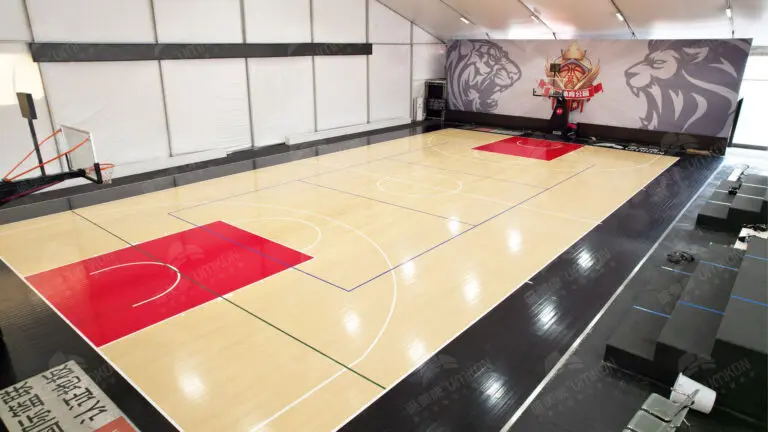

Oak: A Durable Alternative
Although less common than maple, oak is another hardwood option for basketball courts. Its toughness and resistance to wear make it suitable for high-traffic areas. Oak’s slightly coarser grain, however, requires additional maintenance to ensure the surface remains smooth and even.
Engineered Hardwood: A Modern Twist
For multipurpose facilities, engineered hardwood has become a practical choice. Made from layers of hardwood and plywood, it offers the look and feel of traditional hardwood with added stability and moisture resistance. This makes it ideal for gyms where humidity levels fluctuate.
Benefits for Sports Performance
●Durability: Hardwood materials like maple and oak can endure years of heavy foot traffic, high-impact landings, and continuous ball dribbling without losing their structural integrity.
●Smooth Surface: These woods provide an even playing field with predictable ball bounce and consistent traction, critical for professional gameplay.
●Shock Absorption: Hardwood’s natural elasticity helps absorb impact, reducing the strain on athletes’ joints during high-energy movements.
●Low Maintenance: High-quality hardwood floors are easy to maintain, ensuring they remain in pristine condition with regular polishing and cleaning.
By selecting premium hardwood materials like maple, basketball courts can offer players the ideal surface for speed, control, and safety, ensuring every game is a slam dunk.
Step-by-Step Process of Installing a Hardwood Basketball Floor
Installing a hardwood basketball floor requires precision, expertise, and attention to detail to create a flawless playing surface. Here’s a step-by-step breakdown of the process:
Preparation: Measuring and Leveling the Surface
The foundation of a great basketball floor starts with meticulous preparation:
●Accurate Measurements: The area is measured to determine the exact size and shape of the court. This ensures the hardwood planks fit perfectly within the allocated space.
●Leveling the Subfloor: The subfloor is inspected and leveled to create a stable base. Any unevenness is corrected using specialized tools and materials, as even minor flaws can impact the hardwood’s performance and lifespan.
●Moisture Barrier: A moisture-resistant underlayment is installed to protect the hardwood from humidity, which can cause warping or expansion over time.


Installation: Laying and Securing Hardwood Planks
Once the surface is prepped, the hardwood installation begins:
Acclimating the Wood: Hardwood planks are left in the space for several days to adjust to the room’s temperature and humidity. This minimizes future expansion or contraction.
Plank Arrangement: The hardwood planks, typically maple, are arranged to ensure a seamless and uniform appearance.
Nailing or Gluing Down: The planks are securely fastened using nails or adhesive, depending on the subfloor type. Precision is key to prevent gaps, creaks, or loose boards during gameplay.
Expansion Gaps: Small gaps are left around the perimeter of the court to allow the wood to expand and contract naturally with temperature changes.
Finishing: Polishing and Adding Court Lines
The final touches bring the court to life:
Sanding and Polishing: The hardwood surface is sanded to create a smooth, even texture, followed by applying multiple coats of polyurethane. This not only adds a professional shine but also protects the wood from wear and tear.
Court Lines and Markings: Using precise stencils, the court lines, including the key, three-point arc, and center circle, are painted. Specialized paint ensures durability and visibility during games.
Final Inspection: A thorough inspection is conducted to ensure the surface meets professional standards for performance and safety.
Hardwood Basketball Floors vs. Synthetic Alternatives
When it comes to basketball court surfaces, hardwood and synthetic materials each have their strengths. While hardwood is the traditional and professional choice, synthetic alternatives have gained popularity due to their versatility and lower cost. Here’s a detailed comparison to help you understand the differences.
Performance: Precision vs. Versatility
Hardwood Floors: Known for their impeccable performance, hardwood floors (usually maple) offer a smooth, consistent surface. They deliver excellent ball bounce, precision dribbling, and ideal traction for quick movements and pivots.
Synthetic Floors: Synthetic surfaces, often made from vinyl or rubber, provide versatility. These floors are suitable for multipurpose spaces as they can accommodate various sports and activities beyond basketball. However, they may lack the refined responsiveness of hardwood for professional-level basketball.
Maintenance: Effort vs. Ease
Hardwood Floors: Maintenance of hardwood requires regular cleaning, polishing, and occasional refinishing to keep the surface smooth and free of wear. Though long-lasting, the upkeep can be labor-intensive and costly over time.
Synthetic Floors: Synthetic alternatives are easier to maintain, requiring simple cleaning and less frequent repairs. Their durability against scratches and moisture makes them a practical choice for high-traffic facilities.
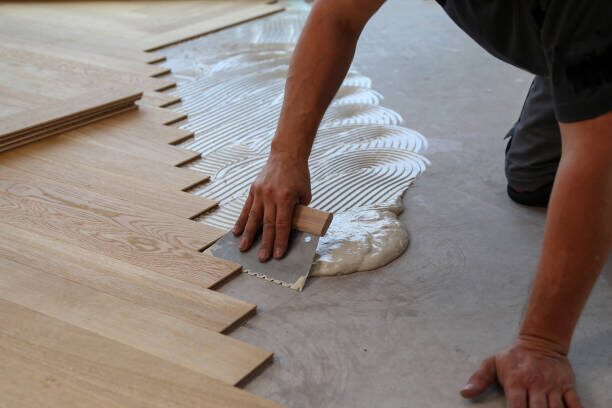

Cost-Effectiveness: Long-Term Investment vs. Affordability
Hardwood Floors: The upfront installation cost of hardwood is significantly higher. However, its durability and lifespan often make it a worthwhile long-term investment for dedicated basketball courts.
Synthetic Floors: Synthetic options are more budget-friendly initially, making them ideal for schools, community centers, or facilities with multiple sports. However, they may need replacement sooner than hardwood, adding to long-term costs.
Player Safety: Cushioning vs. Natural Shock Absorption
Hardwood Floors: Hardwood provides excellent shock absorption, which minimizes the impact on players’ joints and reduces fatigue during long games. Its natural elasticity enhances safety during jumps and landings.
Synthetic Floors: Many synthetic surfaces are designed with added cushioning layers, offering decent shock absorption. However, the feel is often less natural compared to hardwood, and some players may notice reduced stability during rapid movements.
Playability: Professional Feel vs. Multi-Sport Utility
Hardwood Floors: The consistency and responsiveness of hardwood make it the preferred surface for professional basketball leagues like the NBA. Players benefit from reliable ball bounce and smooth transitions.
Synthetic Floors: While synthetic surfaces provide a good playing experience, they may not match the professional-level performance of hardwood. For recreational games or multipurpose facilities, however, they’re a solid choice.
The Bottom Line
Hardwood basketball floors remain the gold standard for their exceptional performance, durability, and professional appeal. Whether you’re building a court for recreational use or professional tournaments, investing in a reliable hardwood floor ensures a safe, high-quality playing surface that enhances the game for years to come.
If you’re ready to invest in a hardwood floor for your basketball court, contact VMKON today to get a customized quote. Our expert team will guide you through the process and deliver a flooring solution that exceeds your expectations!
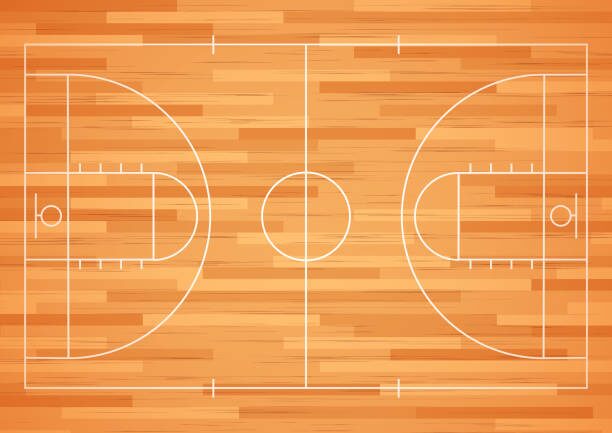

FAQs
How long do hardwood basketball floors last?
With proper maintenance, they can last 50 years or more.
Are hardwood floors for playing basketball eco-friendly?
Yes, especially when made from sustainably sourced wood and eco-friendly finishes.
How do you maintain hardwood basketball floors?
Regular cleaning, using dust mops and approved cleaners, prevents dirt buildup. Refinishing every 8–10 years helps maintain the surface quality. Avoid using harsh chemicals or abrasive tools to protect the wood.

